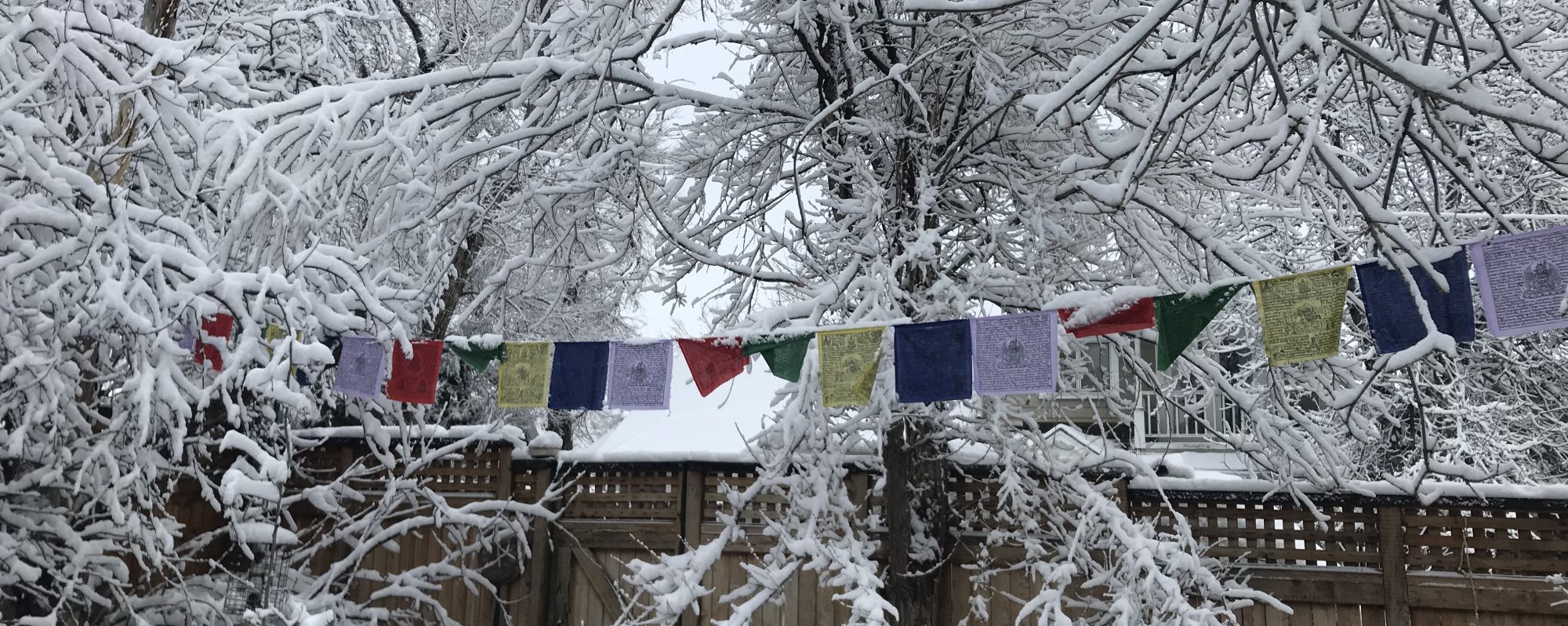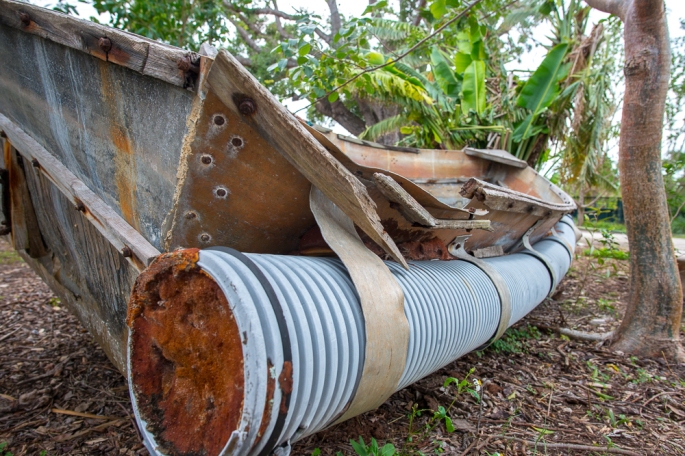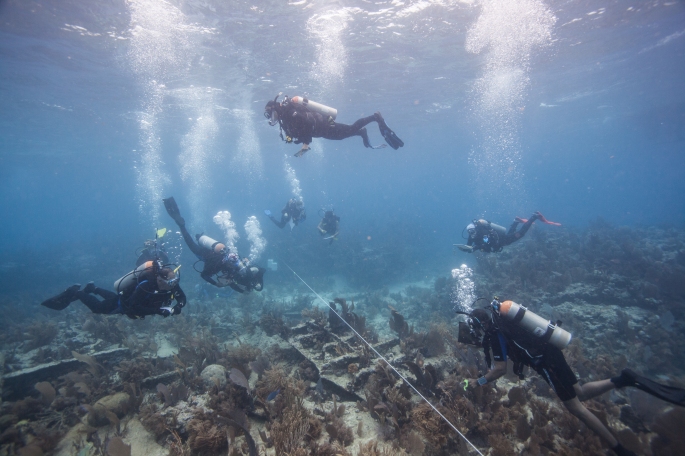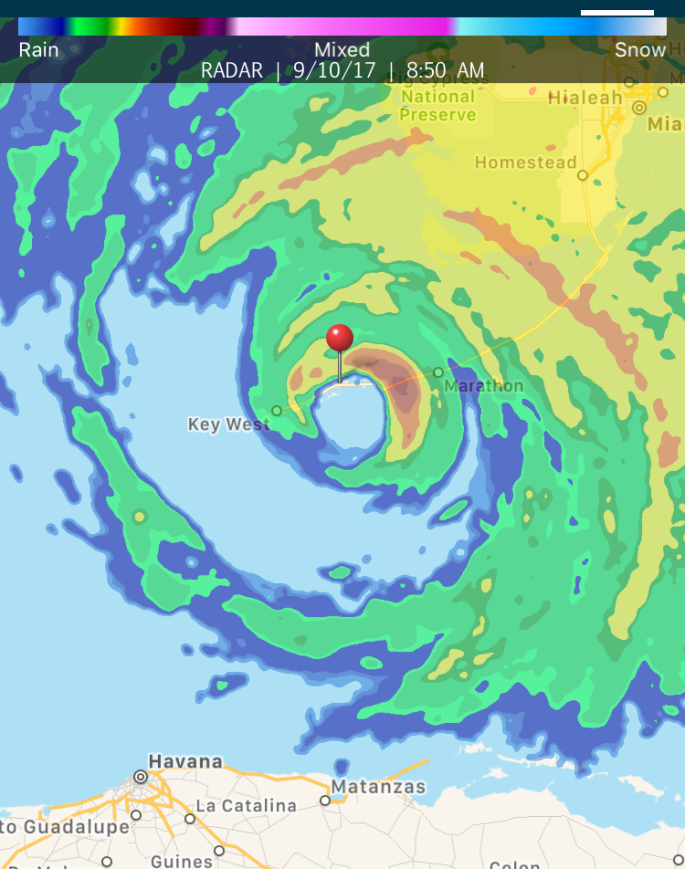One of our stories just came out in the Summer issue of National Parks Magazine. Hats off to the publishers, the folks at the National Parks Conservation Association who work tirelessly to preserve our open spaces — as well as to the hundreds of thousands of refugees and immigrants who have risked and are currently risking their lives to try to fill basic human needs and find a safe place to live with their loved ones. Read on to find out secrets about Dry Tortugas National Park as well.
Tag: snorkeling
Below Biscayne & Sunken Pirate Ships
Nearly 200 years ago, the Spanish slave ship Guerrero ran aground in the Florida Keys. Today, archaeologists are searching for this historic shipwreck in order to illuminate the stories of the 561 prisoners aboard the pirate vessel, and to bring understanding to a dark period of human history.
The story is one filled with intrigue, adventure, and most of all hope. It is one that we have had the privilege of sharing in various outlets for the last 15 years. I’m proud to announce that National Parks magazine recently published a bit of it, along with Keys Style magazine. The award-winning documentary is available on amazon prime.
Thank you to everyone whose research and wisdom made it possible, including historian Gail Swanson, Dinizulu Gene Tinnie, Biscayne National Park, the Florida Keys National Marine Sanctuary, and the tireless enthusiasm of the volunteers at Diving with a Purpose. Diving Photo courtesy Matt Lawrence, FKNMS. Guerrero pirate Captain Gomez illustration by Sam Turner. Historical ship’s log of the warship HMS Nimble (which was chasing the Guerrero) courtesy theguerreroproject.org.
Hurricane Irma, Tales from the Lower Keys
Photo: Radar of Hurricane Irma making landfall over the Florida Keys. The red pin is our house on Cudjoe Key. Phone screenshot was taken from our evacuation site in Sebring.
The trip odometer read 6,965 miles when we pulled into our driveway on Cudjoe Key. It was Sunday. We had just returned from an epic road trip that included traveling to Wyoming to witness the solar eclipse. Three days later, we pulled out of our driveway as evacuees. We never imagined that our tiny Key would soon be infamous as the epicenter of one of the most powerful storms on record.
The eye made landfall over our house, and 12 hours later hurricane Irma centered her eye over our evacuation site in Sebring, Florida. The aftermath is an experience to behold: the largest evacuation in our country’s history, millions without power, a swath of destruction, and a coming together of kindness and resilience.
We were fortunate to be able to return just a few days after the hurricane had passed, reporting for local media. Over the coming days, we will post some of these experiences, and the tales of those we meet along the way, as well as recovery resources for those living in the Keys. If you’re interested, please follow the blog and feel free to contact us: karuna@quixotictravelguides.com and steve@quixotictravelguides.com.
Sand Key Lighthouse
Oct. 1, 2016: The Sand Key Lighthouse 7 miles off of Key West is often full of seabirds, including pelicans, magnificent frigatebirds, cormorants and terns. The structure itself has been part of several amazing history tales, including an 1846 tragedy, when a hurricane obliterated it along with the keeper and his family. Today the snorkeling here is among the best in the Keys, thanks to its super-shallow structure and vibrant marine life. Often seen here is everything from sea turtles to parrotfish, barracuda to anglefish. Read about both in our Key West & the Lower Keys Travel Guide, available on amazon.com.
Blog post title
Sept. 17, 2016: Beautiful yet irritating, moon jellyfish live here year-round but increase in numbers as winds and currents usher them near the reefs and shore from late August to October. The part that stings are their tentacles, which are short, fortunately, and to most only leave a red, itchy-stingy splotch for a few hours. However inconvenient they may be to fall snorkeling, they are a primary food for the critically endangered leatherback and other sea turtles, sunfish and other fish including tuna. They are pretty chill creatures, literally just going where the flow takes them, but are a bit immodest — the clover-pattern in the center are actually its gonads. We saw this guy in the Key West National Wildlife Refuge west of town.







